来源:小编 更新:2024-09-26 10:15:39
用手机看
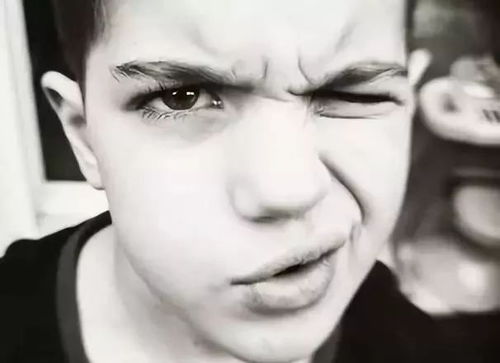
Winking, a simple yet expressive action, has been a part of human communication for centuries. It is a subtle way to convey messages, emotions, and intentions without the need for words. In this article, we will explore the fascinating world of winking, its origins, meanings, and cultural significance.
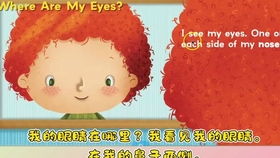
Winking is the act of blinking one eye while keeping the other eye open. This action can be intentional or accidental and is often used to communicate non-verbally. While it is a universal gesture, the meaning behind it can vary depending on the context and the culture.

The exact origins of winking are not known, but it is believed to have been used as a form of secret communication in ancient times. For instance, in the Middle Ages, knights would wink to their ladies-in-waiting as a sign of affection or to convey messages without being overheard by others.

Winking can convey a wide range of meanings, from affection and playfulness to mischief and secrecy. Here are some common interpretations:
Affection and Playfulness: Winking can be a playful way to show affection or to initiate a flirtatious conversation.
Mischief and Teasing: Winking can be used to tease someone or to suggest that the speaker is up to something mischievous.
Secret Communication: Winking can be a way to communicate a secret message or to signal an agreement between two people.
Understanding and Agreement: Winking can indicate that the speaker and the listener are on the same page or that they understand each other without needing to say a word.
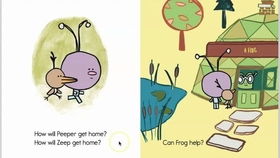
Winking has different cultural meanings across the world. In some cultures, it is considered a polite and friendly gesture, while in others, it may be seen as impolite or even offensive. For example:
Western Cultures: In Western cultures, winking is generally seen as a friendly and playful gesture. However, it is important to be aware of the context, as it can sometimes be misinterpreted.
Eastern Cultures: In some Eastern cultures, winking can be considered impolite or disrespectful, especially when directed at someone of higher status.

Winking can be used in various situations, such as:
Flirting: Winking can be a subtle way to show interest in someone and to initiate a conversation.
Teasing: Winking can be used to tease a friend or to add a playful element to a conversation.
Secret Communication: Winking can be a way to communicate a secret message or to signal an agreement between two people in a public setting.
Understanding and Agreement: Winking can be used to show that the speaker and the listener are on the same page or that they understand each other without needing to say a word.
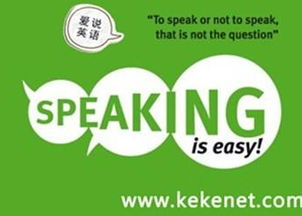
Winking is a powerful tool in non-verbal communication, allowing us to convey emotions, intentions, and messages without the need for words. While its meaning can vary depending on the context and culture, it remains a universal gesture that has been used for centuries. Whether you are using it to flirt, tease, or communicate a secret message, winking is a skill worth mastering.
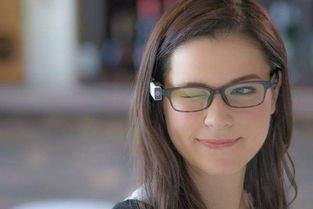
Winking, Non-verbal Communication, Blinking, Cultural Significance, Flirting, Secret Communication